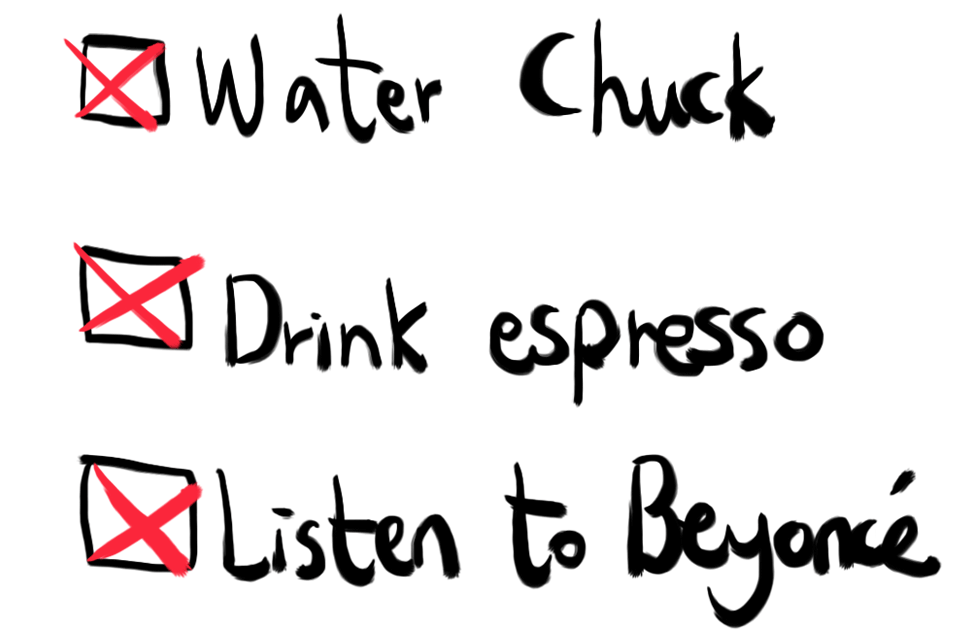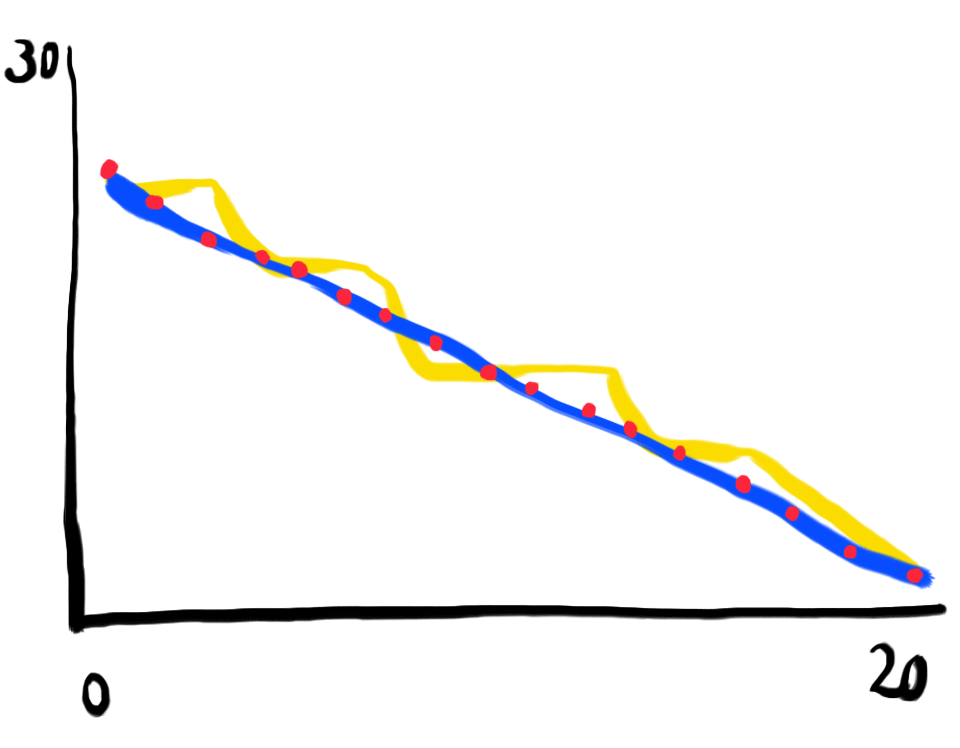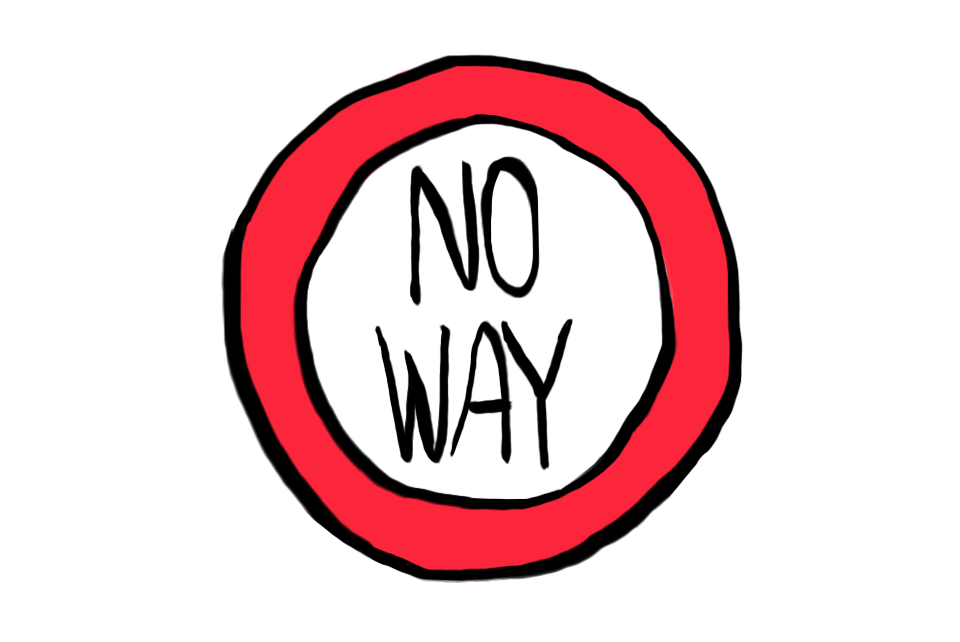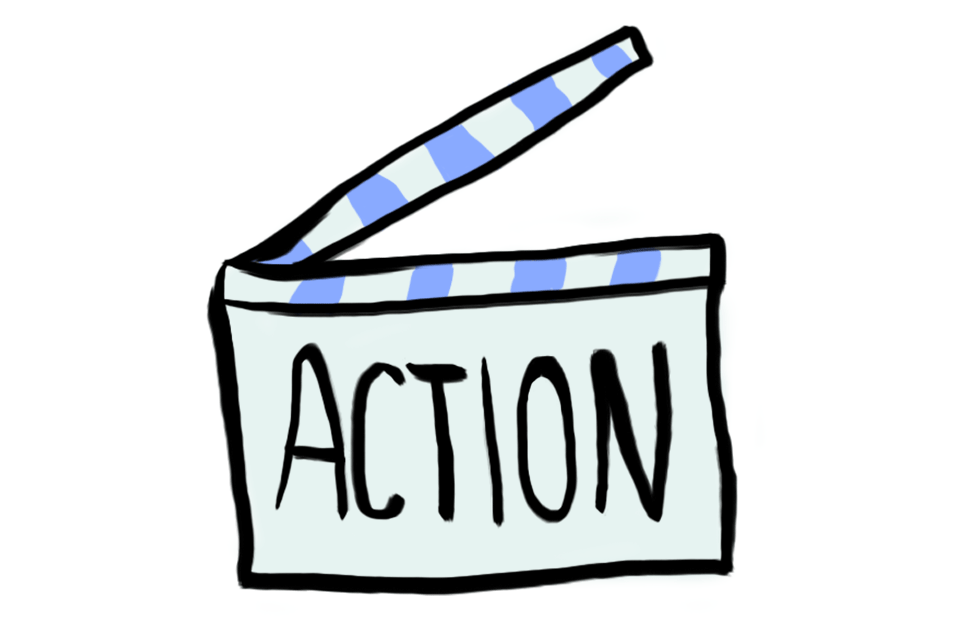Article
Manage Agile

Scrum has been an ideal way for us to set up effective team and project structures. We’ve been talking about this a lot, but one aspect that we hadn’t considered was the question of how to control a project and show the progress.
All you need is trust
The most important people, of course, are on our clients’ side. If we can get them to trust us–and trust is the keyword here–then they provide us with a certain amount of money to spend. Trust is gained by making things transparent and understandable. Scrum is a framework based on transparency, and it shows both the progress and weak points of a project.

Getting things done
We offer experience and skill to solve our clients’ problems. That’s why we calculate teams and days, not features. For their budget, the client gets a team of designers and developers, a creative lead, and a Scrum Master working on their project.
Budget controlling is synchronized with the rhythm of Scrum. We control our progress on sprint level, with each review showing the outcome of the sprint and the project’s current status–no exceptions! Constant reviews guarantee constant controlling.

How to make controlling work
We add the level of controlling via so-called burn-down charts (more on those in a second). During a sprint, the burn-down chart shows the team’s progress. On project level, the chart shows the overall progress.
The currency is the story points: they express the complexity (in terms of time and difficulty) of a certain user story. It makes user stories comparable and allows more exact planning. But how do we work with these measures and data?
Step 1: Set up your project backlog
The backlogs holds all the things you want to get done in the form of user stories. These user stories are the essence of the client’s assignment and briefing. The product backlog is constantly adapted to the project progression; this is the main task of the client in his role as the Product Owner (PO), supported by our in-house creative lead.
Step 2: Select your sprint backlog
Which tasks from the product backlog are viable within the next sprint? This planning process involves discussion with the team, and the PO chooses the most important tasks according to business value. The Scrum Master is the moderator in this process—they have no budget responsibility, as our account directors manage this.
Step 3: Use a sprint burn-down chart
Next comes the most relevant element for managing and controlling when working agile: the sprint burn-down chart. It counts story points and days, and shows, day by day, how many story points are being “burned down”.

No other way
Every PO, PM and controller working with these tools will agree: there’s no comparable way of dealing with complex projects, agile processes, and changing deliverables. It’s as transparent as it is efficient. The sprint burn-down chart is literally a visualization of your progress within the project, detecting every single step or sprint. It makes it easy to see if progress is fast or slow, and if you’re on schedule or not. And, most importantly, it makes it absolutely clear when action is needed.

How to take action
After an average of three sprints, you’ll know how many story points you can accomplish per sprint. This is your team’s velocity. Looking at the amount of user stories in your product backlog, the velocity allows us to estimate how many sprints will be needed in total, and whether the budget will last.
If the answer to the budget question is yes, then everything is fine. If not, then there are actions that can be taken:
- narrow your focus (minimal viable product)
- increase time (= budget)
- increase velocity (clear user stories, less impediments for the team)
You have possibilities to act and react, and can manage both your project and your budget in an agile way.

This is a big advantage. From a very early stage, progress or delays are obvious. From day one, everyone involved knows exactly where they stand: both on the micro-level of each sprint, and on the macro-level of the project. As a controller and as a client, you are always sure about your budget. If things don’t proceed as expected—if circumstances or goals change—you can easily respond. This is where the advantages of Scrum are really evident.
You can attend my talk about “The Agile Agency” on October, 29th in Berlin.